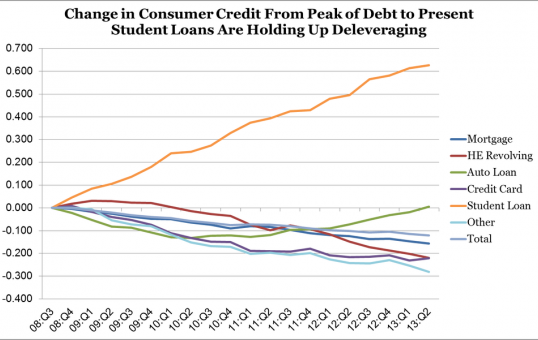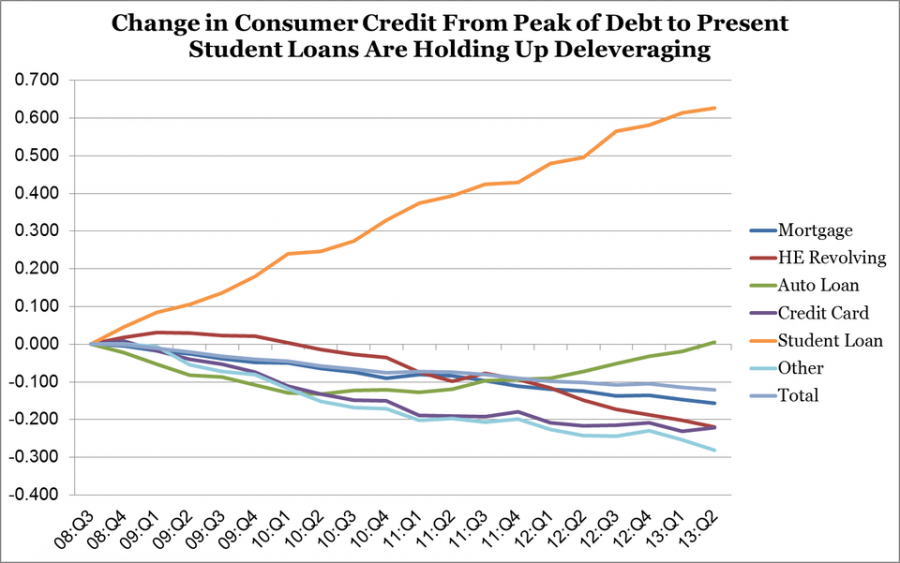JHS Senior Kavya Ravishankar presents research on student loan debt using mathematical disease model

Student loan debt is like a disease.
While this simile might sound like a common statement regarding higher education financing, recent research conducted by senior Kavya Ravishankar has found a deeper truth to this statement through the use of a disease model.
Ravishankar spent last summer at George Mason University studying the SEIR Compartmental Model of Epidemiology under Dr. Padmanabhan Seshaiyer. The model she studied serves to simplify the mathematical modelling of infectious diseases through dividing the affected population into four compartments: susceptible, exposed, infected and recovered.
While looking at this model, the SEIR Compartmental Model of Epidemiology, Kavya began to consider potential applications outside the field of Epidemiology. That’s when she recounted a discussion on student loan debt that occured in Mr. Falkner’s English class and decided to explore the use of this disease model on this issue.
“Most of the research that has been done on student loan debt has been more data collection. We have an abundance of data on how many people on how long it is taking people to pay [their student loans] off and things like that, but there isn’t really analysis on the data,” Kavya said. “This is a pretty unconventional method but I thought it would be interesting to look at it from this point of view just to see what else you could find out about [student loan debt].”
The model was first created to research the Bubonic plague and since then has been used exclusively in the study of infectious diseases, such as Ebola. The SEIR model categorizes those at risk into four categories: susceptible, exposed, infected and recovered.
Kavya defined the susceptible as graduating seniors enrolling into college, the exposed as students who are paying off their loans as part of their original repayment plan, the infected as adults in severe debt as they try as they try to meet loan payments and the recovered as adults who have successfully paid off their loans.
Kavya’s research demonstrated the parallels between student loan debt and infectious diseases, concluding that, for a substantial portion of the US adult population, once they had “caught” the student loan debt, they remain infected for an extending period of time, about 21 years.
With student loan debt therefore classified as a disease, Kavya believes that the solution to mitigate the disease is education. The overwhelming belief in the United States is that the benefits of attending college always outweigh the cost, but recent research has demonstrated that obtaining a college education is more of a risk than anticipated by the majority. The solution is educating susceptible high school students so they are aware of the risks they are undertaking by attending college, Ravishankar demonstrated.
This fall, Ravishankar published an abstract and presented her research at a conference held at Illinois State University. After this presentation, she received the confirmation to write a research paper on the manner, which will be published in the SPORA Bioinformatics in late December or Early January.









